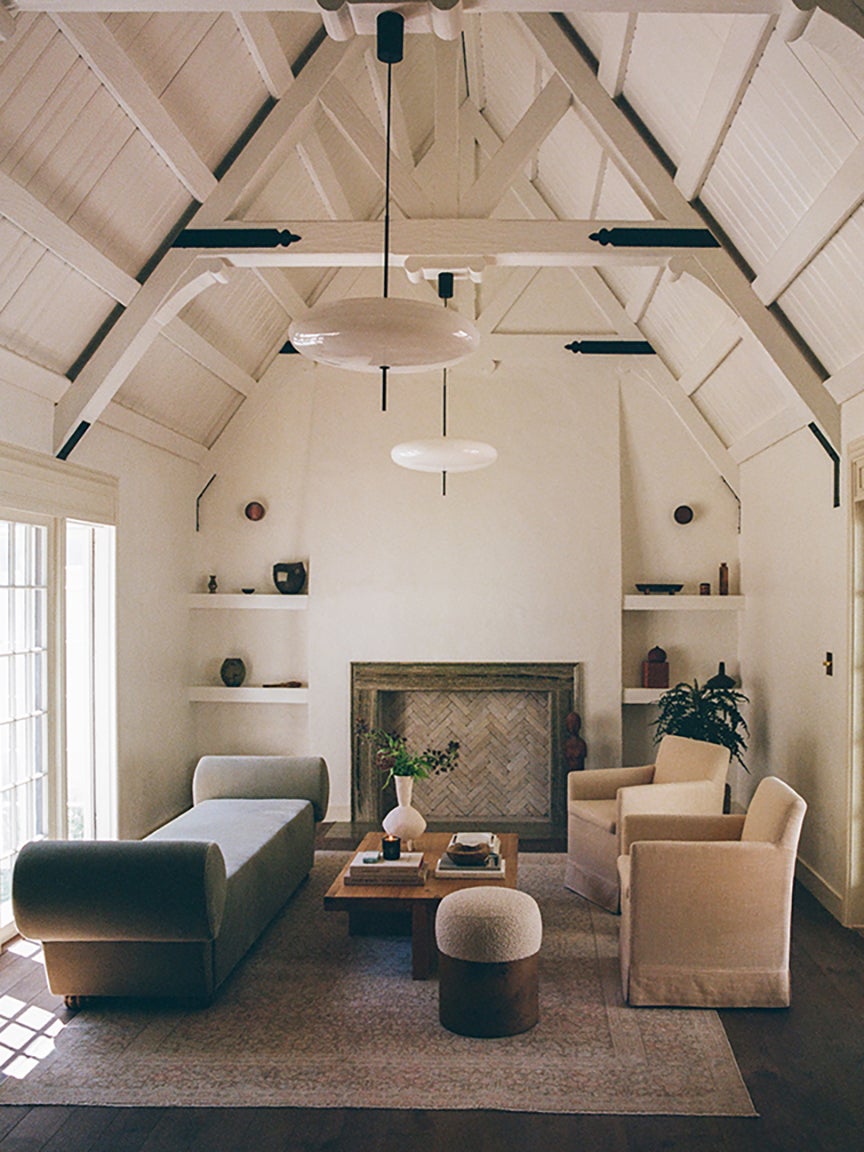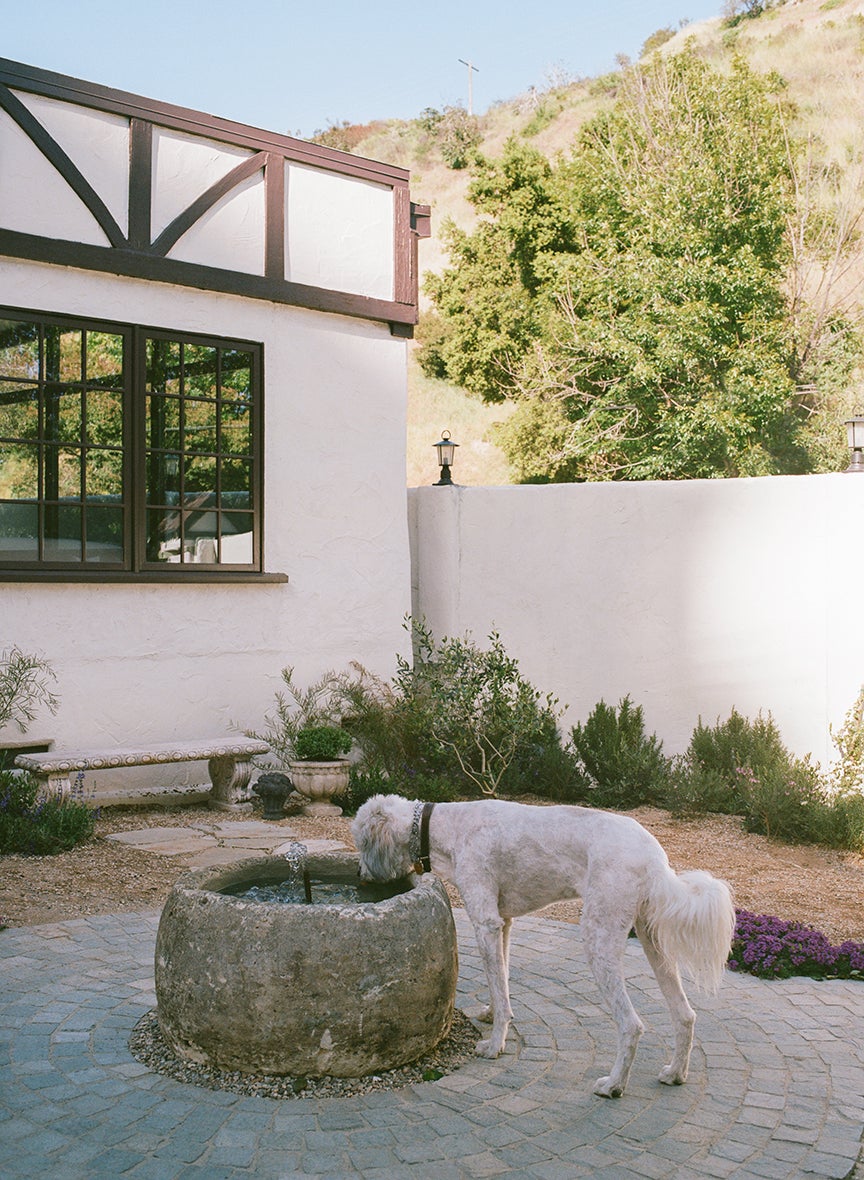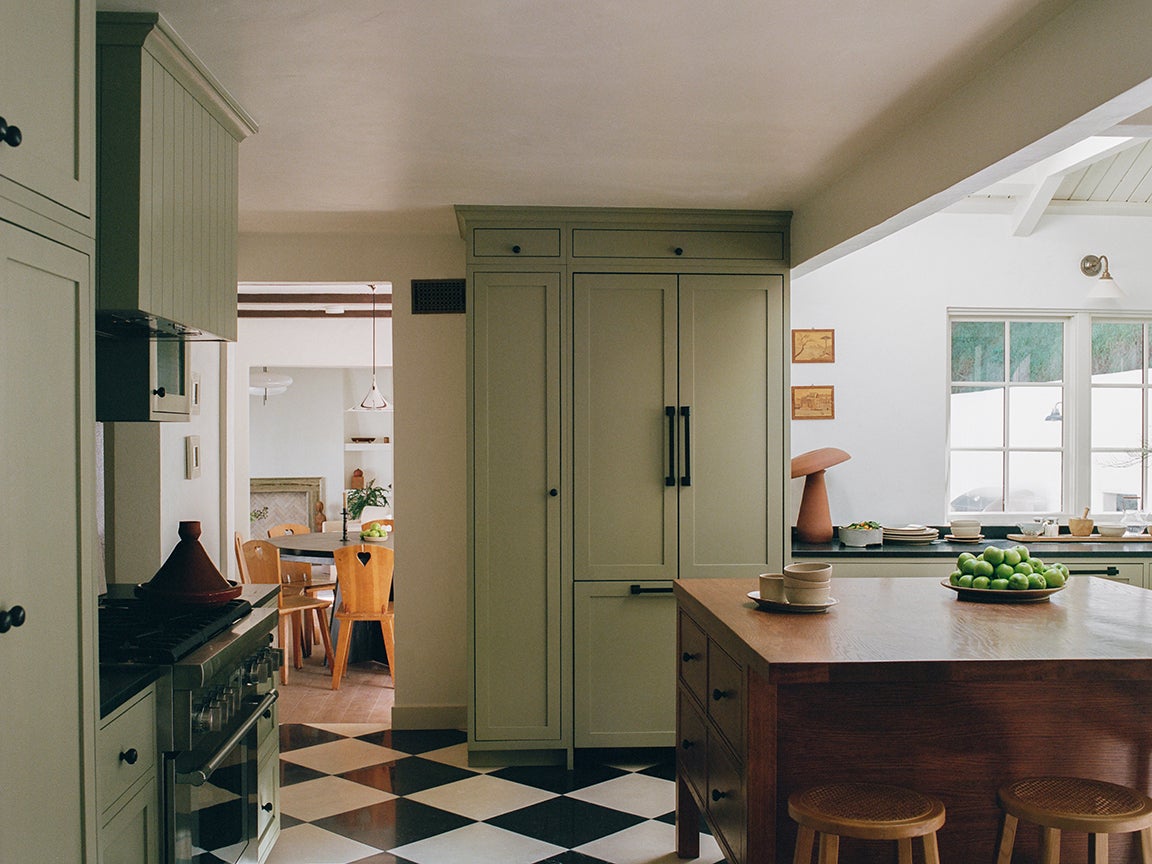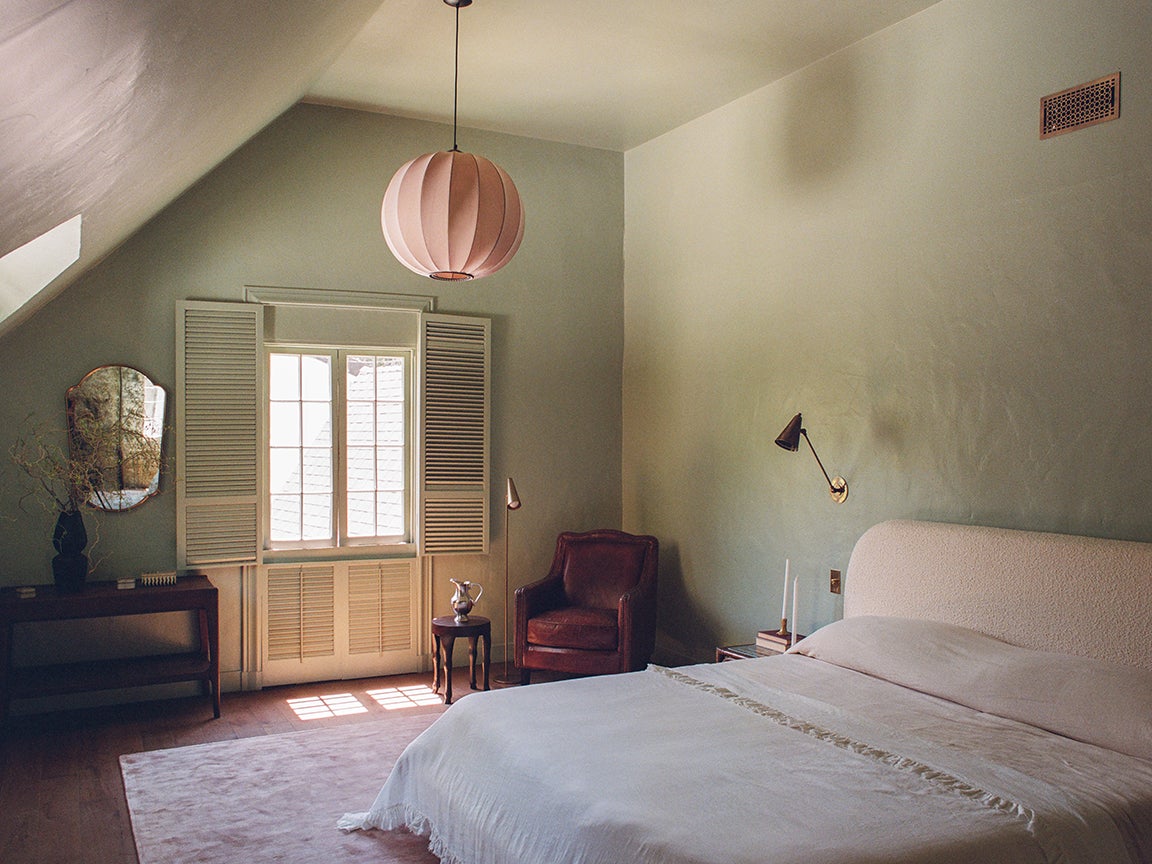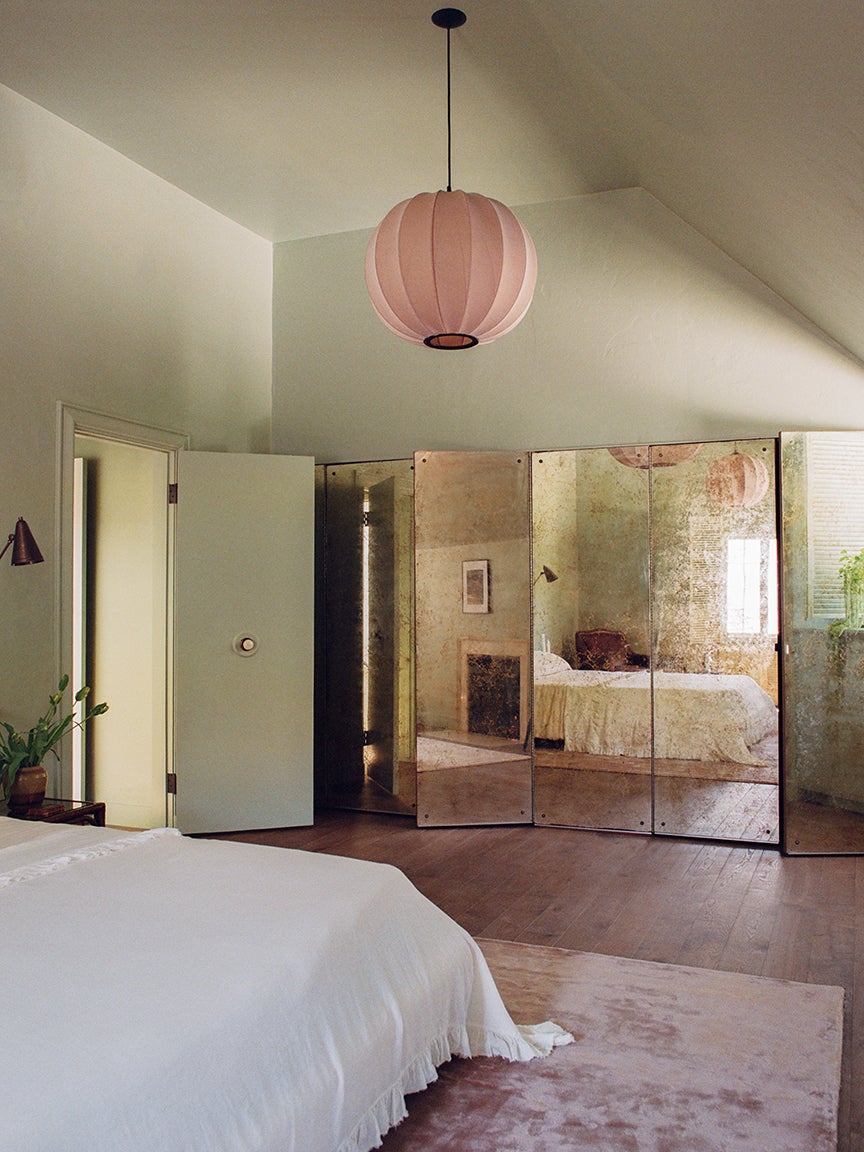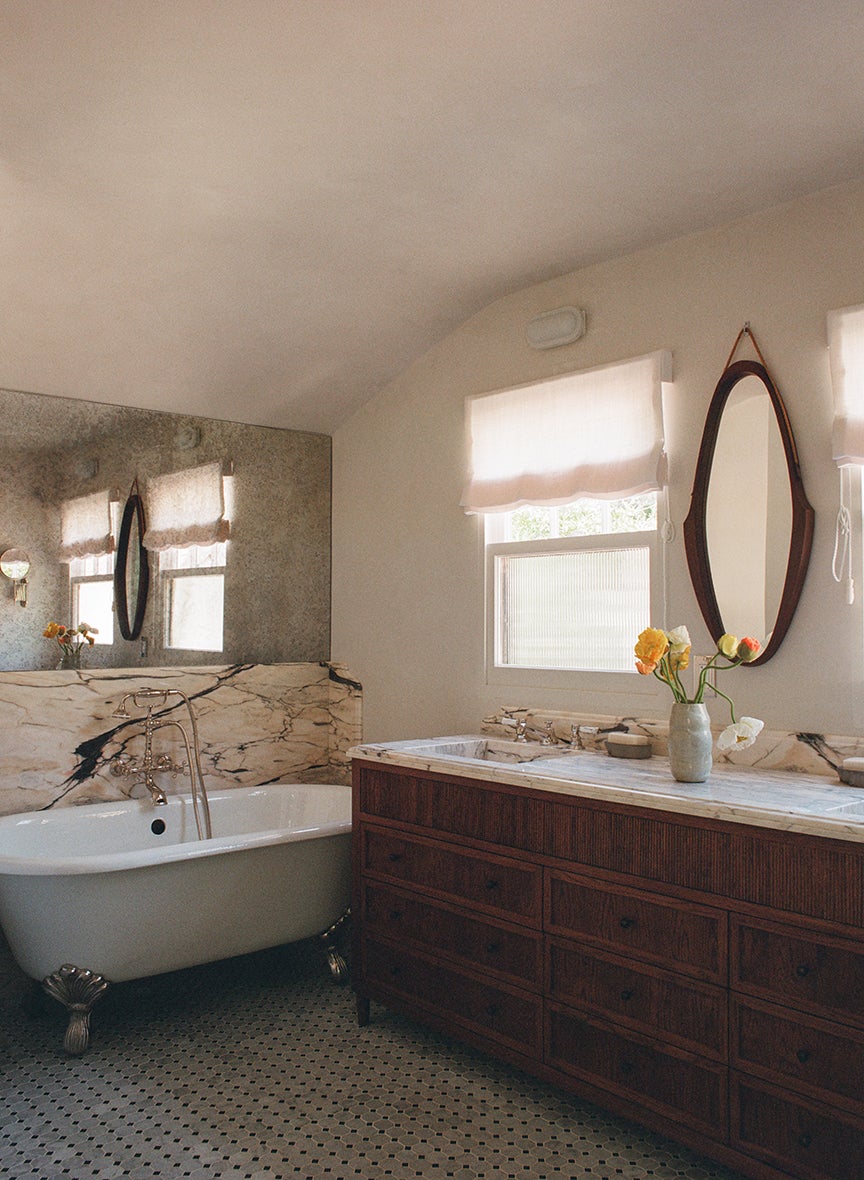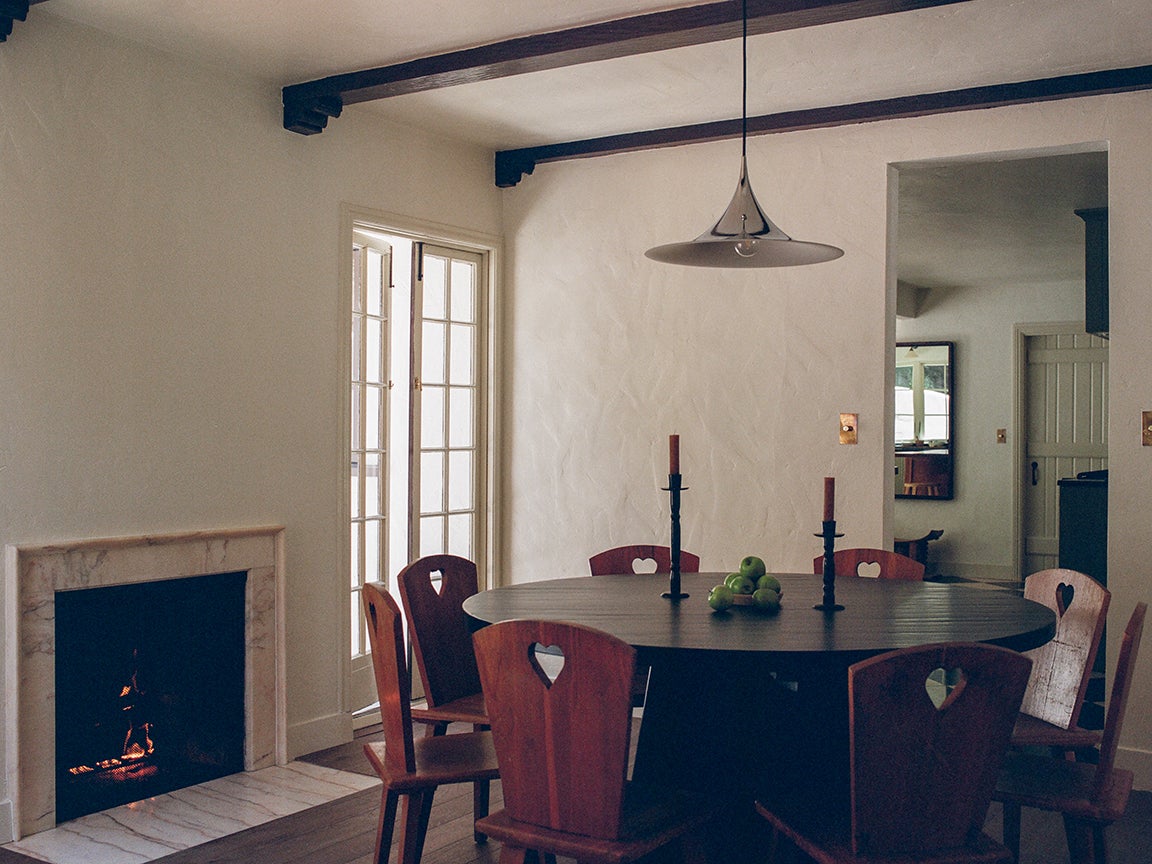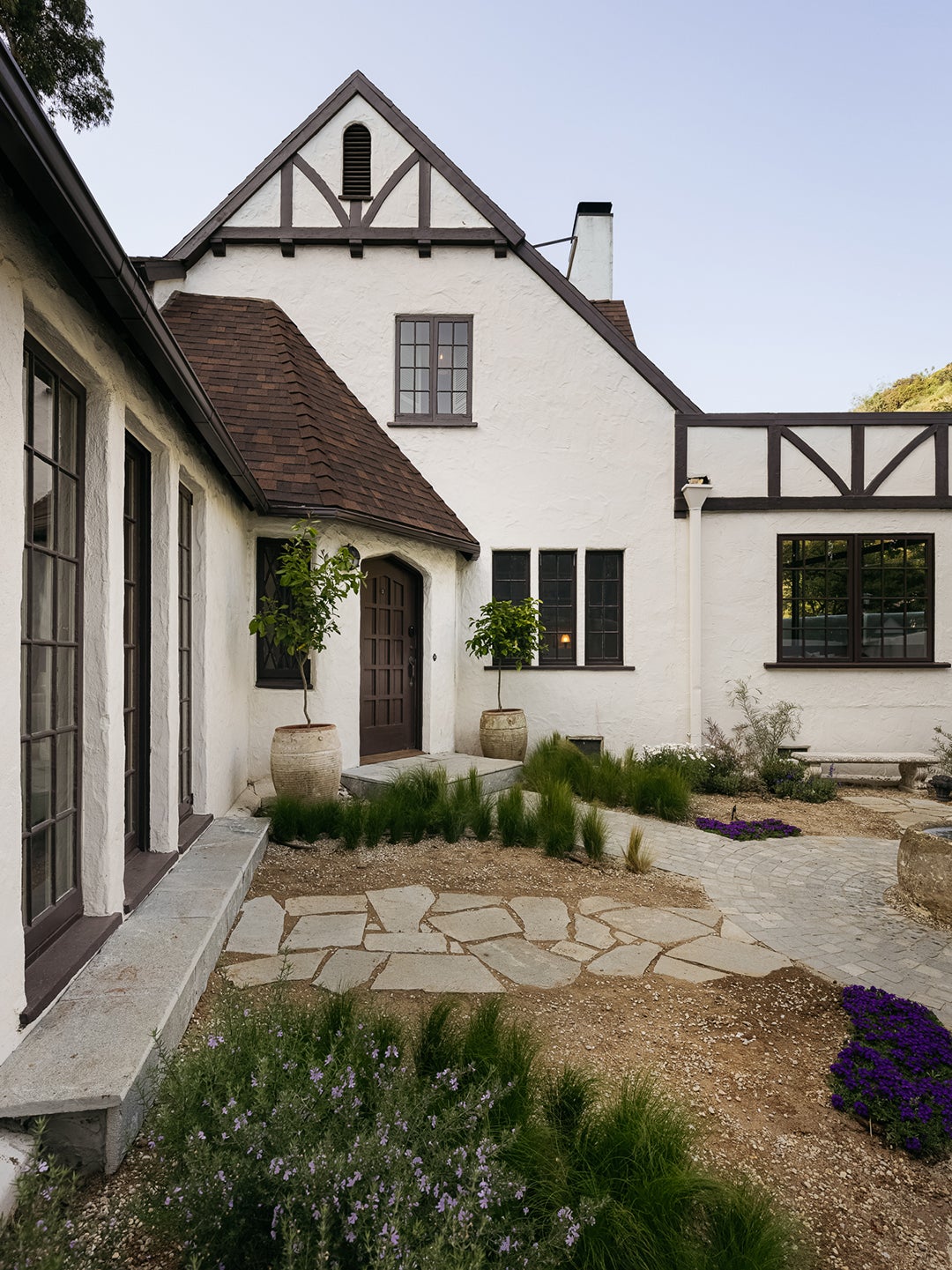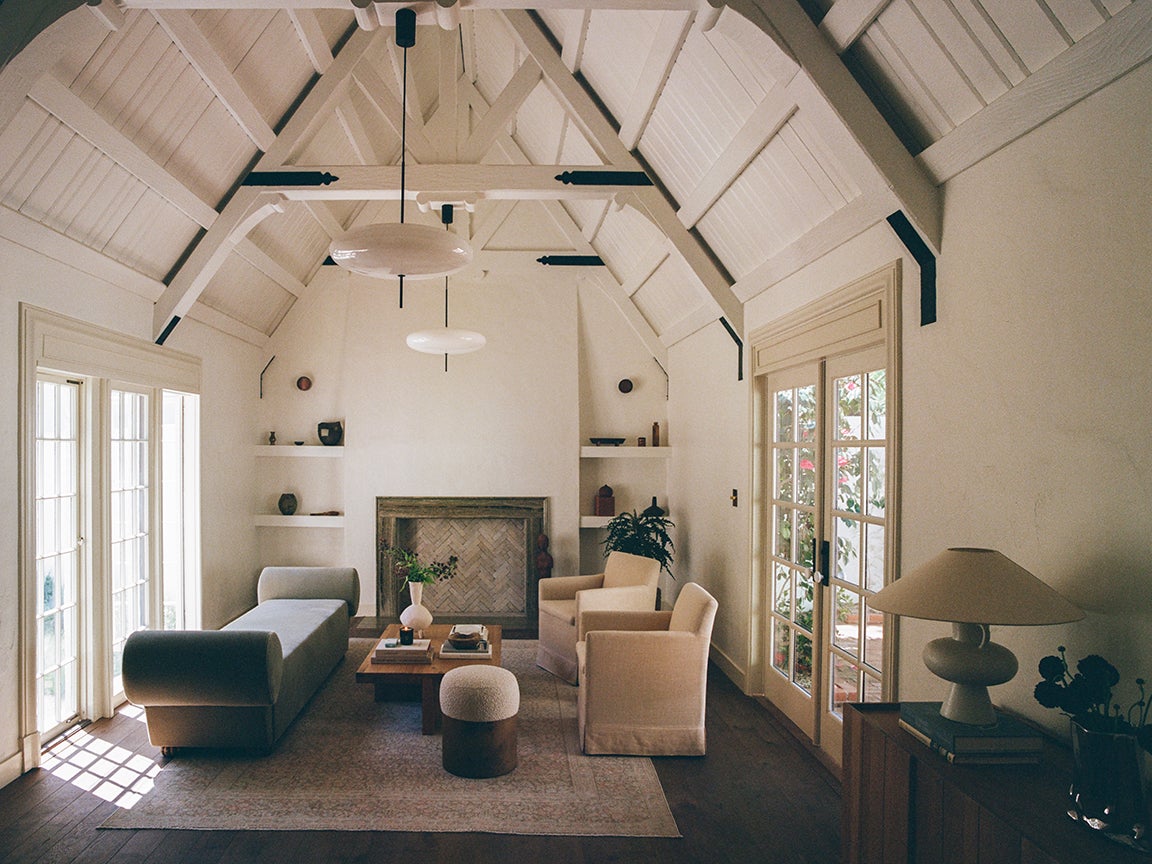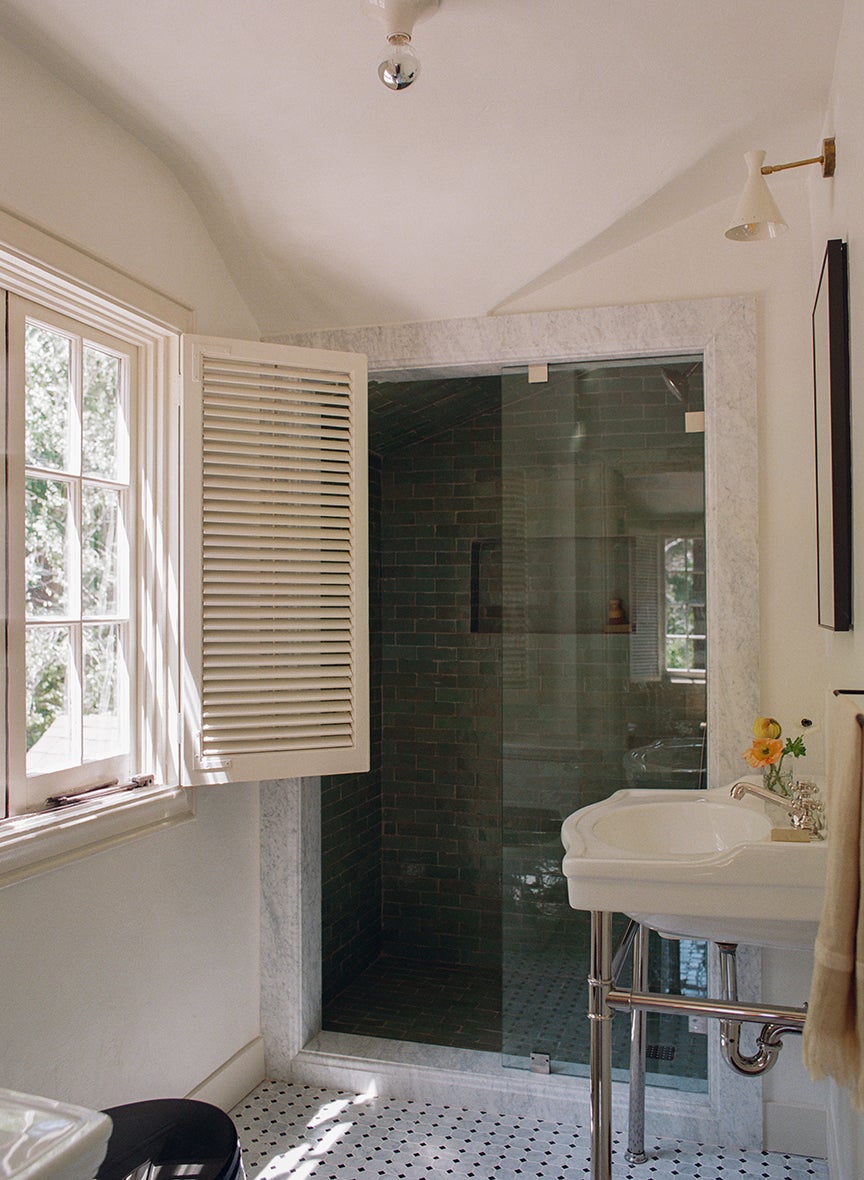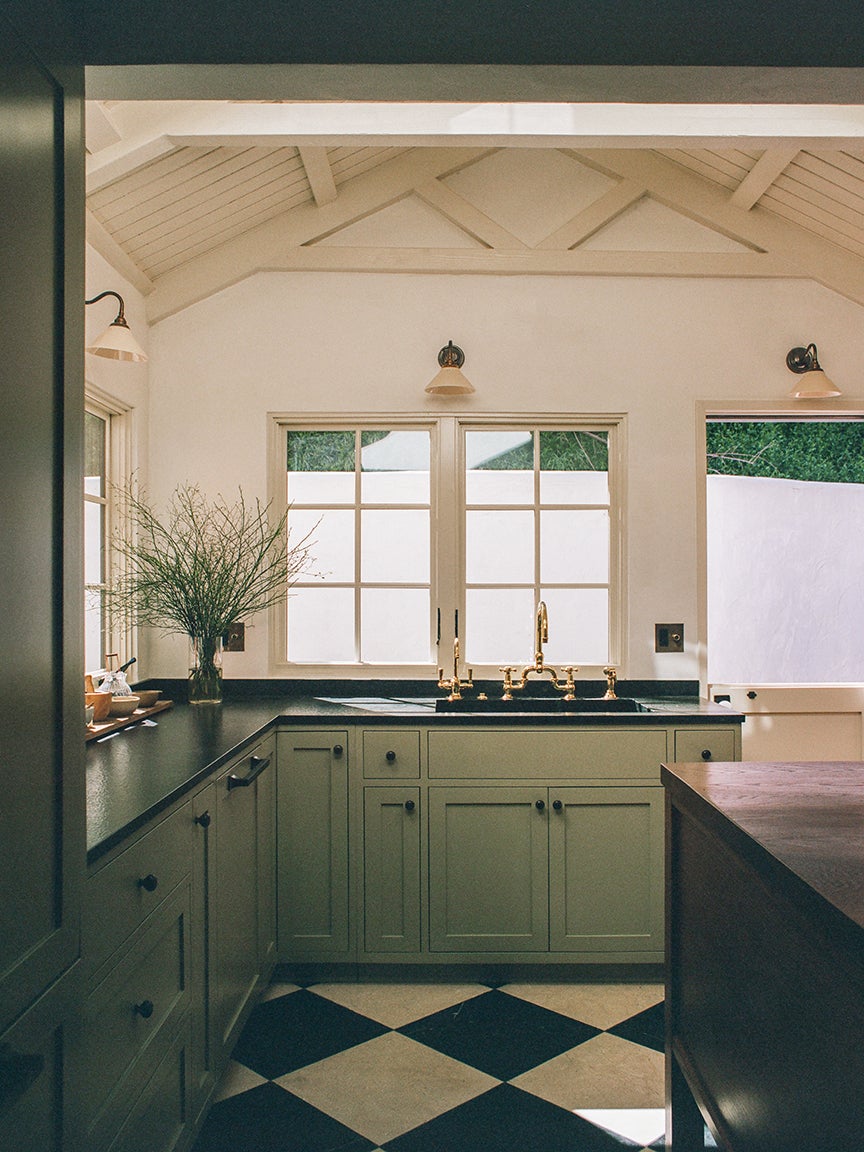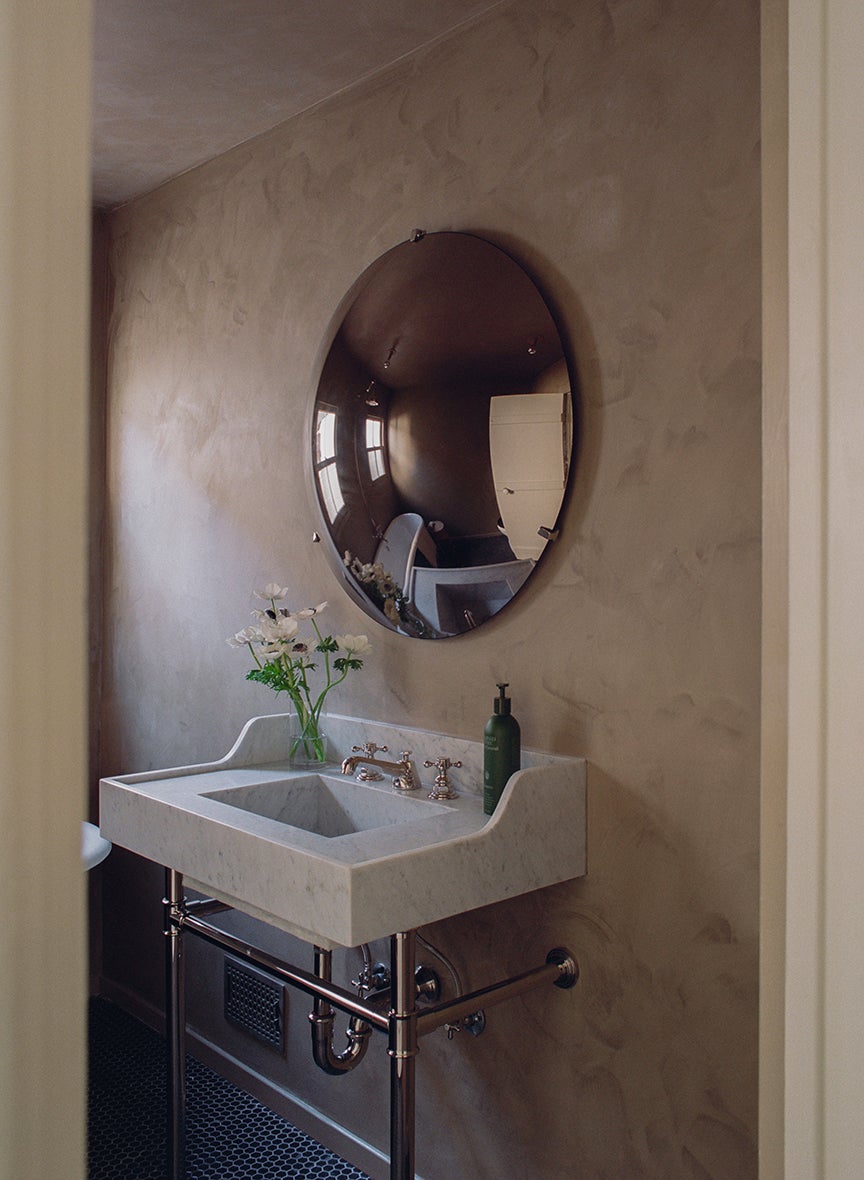6 Resale Dos and Don’ts From a L.A. Design Duo Who Has Restored (and Sold!) Dozens of Homes
Including their “sure bet” for boosting value.
Published Jun 16, 2023 2:00 AM
We may earn revenue from the products available on this page and participate in affiliate programs.
Joelle Kutner and Jesse Rudolph, the principals behind Los Angeles design-build firm Ome Dezin, don’t think about the masses when they’re renovating a home in order to sell it—oftentimes they imagine what they would want if they lived there. “We tend to take a lot of time and a lot of care (probably too much in terms of financial and effort),” says Rudolph. To date, Kutner and Rudolph, who have been in business together for four years and also work on residential projects for clients, have restored 15 properties with resale in mind, but the term flipping need not apply—they’re more restorers than anything else. “The house itself should always be the North Star,” Kutner chimes in. “We don’t want to completely go away from the area or the structure.”
Of course, ROI comes into play when they start making decisions about what to tweak, what to keep, and what to add. Updating the kitchen and primary bedroom—the two places people spend the majority of their time—is always a top priority. Still, the designers are wary of slapping on a subway tile backsplash or turning all the walls white. In their latest project, a four-bedroom, four-bathroom Tudor located in the Bronson Canyon neighborhood of L.A., Rudolph and Kutner installed Scandinavian and Italian lighting, painted the original textured bedroom walls a soothing shade of green, and put floral wallpaper on the den’s ceiling. With the property now in escrow, the designers look back on the updates that made all the difference and share how they continue to find a balance between resale value and refurbishment.
Don’t: Avoid the Obvious Investments
While Rudolph and Kutner don’t always have the opportunity to add square footage to a house, when they do, an ADU (either in the form of a new backyard structure or a garage conversion) is “a sure bet,” notes Kutner.
advertisement
They’ll also look to allocate a solid chunk of their budget to the kitchen and bathrooms, where, according to the latest Cost Vs. Value report, you can recoup 85 and 66 percent of your expenses, respectively. In this canyon home’s kitchen, the pair focused on expanding the then small, galley space to encompass a wood island that looks more like a piece of furniture than your typical block of stone.
Do: Use the Mirror Illusion to Your Advantage
Rudolph and Kutner not only kept the original antique mirrored closet doors in the primary bedroom, they replicated the same detail in the en suite bathroom behind the tub. “Mirrors are always a great way to expand a space,” explains Kutner. The patinated glass is also a nod to the home’s history: It was once occupied by 1940s burlesque star Lili St. Cyr. The touch of Hollywood glamour offers a unique angle for the listing description. It’s not just a compilation of numbers and facts—it’s got a story to tell.
Don’t: Get Too Funky With Stains
When the designers splurge on natural materials like marble and oak wood, they make sure to keep them in their truest form. In other words, when they lay down fresh planks, you won’t see them follow it up with a gray stain. Better yet, when a home’s wood floors are in good condition but are masked by an orangey varnish or are a thinner width than they’d ideally like, they will have them sanded down and finished with a clear sealant—the result is drastic. “It’s about looking at what you have and not always ripping everything up,” says Kutner.
The same thing is true for front doors. “If we have the option, we’ll do a solid wood door,” says Rudolph. “That’s the safest go-to.” If painting turns out to be the most practical option, they’ll opt for a dark shade of green or blue, adds Kutner.
advertisement
Do: Map Out Your Outlets Thoughtfully
A good-looking home is nothing if it’s not functional, and that comes down to the little things like making sure you have the correct amount of outlets in a room. Usually, your permits will indicate the minimum you need to have in a particular space, but it’s also important to think about where they are so no one has to stock up on extension cords in the future. “We always think about where someone will put a TV, and then we’ll put an outlet on that wall so they don’t have to think about wiring,” says Kutner.
Don’t: Let Go of Doors and Windows So Easily
When it comes to century-old doors and windows, see what can be fixed and repainted. Even if you’re completely switching up a room’s layout and ditching a threshold entirely, ask yourself if you can insert it elsewhere. “The windows and doors today are just not the same quality as the ones they made 100 years ago,” says Rudolph. They designers saved nearly all the ones in this canyon house, and it cost them significantly less than starting new, even with the extra cost of having a specialist come in and refurbish them. When they do need to source fresh ones, they stick to local mom-and-pop shops (to their surprise, they’re better quality and oftentimes a lot cheaper than the big manufacturers).
Do: Follow the 80/20 Rule
Rudolph and Kutner follow a specific formula when it comes to picking finishes: 80 percent classic, 20 percent trendy. As for introducing the latter, they focus on items that could easily be replaced in the future, like light fixtures and mirrors. “The mirror in the powder room is sort of futuristic,” notes Kutner. ”We could have gone with something more timeless, but we wanted it to be a little more funky and modern.” There’s nothing builder-grade here.
